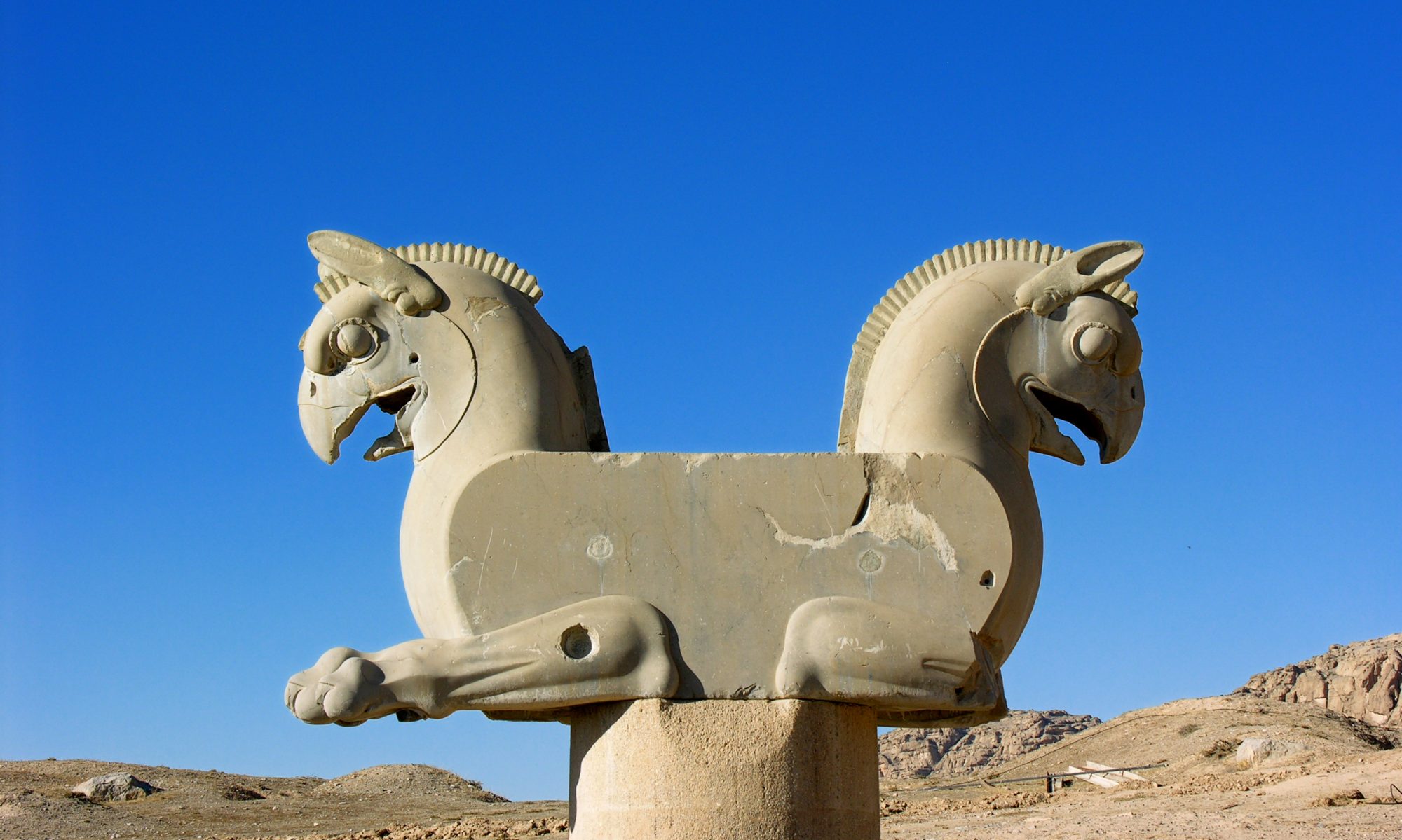By Caroline Waerzeggers
We are proud to launch Prosobab — our online prosopographical database of Babylonia (620-330 BCE). Here you can find information on individuals who lived in southern Mesopotamia under Persian rule (539-330 BCE) and in the preceding period of the Neo-Babylonian Empire. In addition to person data, Prosobab collects information on the texts and archives in which the individuals are recorded.
Our aim is to offer a tool that allows researchers and members of the public access to the wealth of person data contained in cuneiform texts from this period. We have tried to make the database as user-friendly as possible. For instance, we allow our visitors to export and re-use data. Also, we have designed the database in a way that allows users to customize their searches in line with their own research questions. Of course, you can use Prosobab to look up historical persons, but there is much more that can be done with it. Did you always want to know what kind of business was conducted on festival days, or how scribes adjusted the royal title after the Persian conquest? You can find relevant data in our database. Interested in women acting as buyers or creditors? Or in children mentioned as objects of transaction? Such simple searches are easy to perform. But you could also opt for more complex queries. For instance, some research questions may require to collect all records drafted in a particular city and period dealing with containers and foodstuffs. It is all possible with Prosobab.
Video tutorials help you to get acquainted quickly with Prosobab. You can find them in the guide on our website prosobab.leidenuniv.nl or on YouTube (https://www.youtube.com/watch?v=Xwm_sYKyB7I&t=66s).
Two final remarks. First, our database is a “prosopography”: this means that we deal with identified historical persons (called “individuals”) and not just with name attestations.
Second, please bear in mind that this is a work in progress. Keep an eye out on the current coverage of Prosobab on the home page. There are more than 50,000 known cuneiform texts from the period in question, many of which are still poorly documented in scholarship. For data entry, we start with well-published private archives and will work our way through this material before tackling the witnessed legal texts from the temple archives. Besides coverage, we want to develop Prosobab in other ways in the future. In its current form, the database already contains a lot of information on names (e.g. spellings, second names, variants) but there is much scope for improvement. We are currently developing a feature that will display the linguistic affiliation of each attested name (if known) and its translation. Another area of improvement is the display of family relations. Relationships explicitly mentioned in texts are included in the database, but we did not add information reconstructed through genealogical research. This means that it is highly likely that you will find information on married couples and child-parent relationships, but less so on siblings and more distant affiliations such as cousins, (great-)grandparents etc.
We hope that using Prosobab will be an enjoyable experience. Your feedback is very welcome and will help us to improve it. Should you want to contribute to its further development, please do not hesitate to contact us!
The project team (Caroline, Evelien, Guido, Ivo, Julia, Lidewij, Maarja, Melanie, Rieneke, Uzume)

